About Austral Líneas Aéreas :


Cielos del Sur S.A., operating as Austral Líneas Aéreas, was a domestic airline of Argentina, the sister company of Aerolíneas Argentinas. It was the second-largest domestic scheduled airline in the country, after Aerolíneas Argentinas. As a subsidiary of Aerolíneas Argentinas, the company shared its headquarters with that airline, which is located in the Aeroparque Jorge Newbery of Buenos Aires, the main base of operations of the company.
Austral was fully integrated into Aerolíneas Argentinas; however, some differences arose, especially those relying upon the unions the staff of both companies are affiliated to, which led to constant conflicts. In May 2020 it was announced that Austral would merge with Aerolíneas, saving an estimated 100 million US Dollars and eliminating Austral as a brand.Austral ended operations on 30 November 2020.
As of October 2013, the airline operated an all-Embraer 190 fleet.
DC-9:
The McDonnell Douglas DC-9 is an American five-abreast, single-aisle aircraft designed by the Douglas Aircraft Company. It was initially produced as the Douglas DC-9 prior to August 1967, after which point the company had merged with McDonnell Aircraft to become McDonnell Douglas. Following the introduction of its first jetliner, the high-capacity DC-8, in 1959, Douglas was interested in producing an aircraft suited to smaller routes. As early as 1958, design studies were conducted; approval for the DC-9, a smaller all-new jetliner, came on April 8, 1963. The DC-9-10 first flew on February 25, 1965, and gained its type certificate on November 23, to enter service with Delta Air Lines on December 8.
The DC-9 is powered by two rear-mounted Pratt & Whitney JT8D low-bypass turbofan engines under a T-tail for a cleaner wing aerodynamic. It has a two-person flight deck and built-in airstairs to better suit smaller airports. The aircraft was capable of taking off from 5,000 ft runways, connecting small cities and towns in the jet stream of air travel where jet service was previously impossible. The Series 10 aircraft are 104 ft (32 m) long for typically 90 coach seats. The Series 30, stretched by 15 ft (4.5 m) to seat 115 in economy, has a larger wing and more powerful engines for a higher maximum takeoff weight (MTOW); it first flew in August 1966 and entered service in February 1967. The Series 20 has the Series 10 fuselage, more powerful engines, and the Series 30's improved wings; it first flew in September 1968 and entered service in January 1969. The Series 40 was further lengthened by 6 ft (2 m) for 125 passengers, and the final DC-9-50 series first flew in 1974, stretched again by 8 ft (2.5 m) for 135 passengers. When deliveries ended in October 1982, 976 had been built. Smaller variants competed with the BAC One-Eleven, Fokker F28, and Sud Aviation Caravelle, and larger ones with the original Boeing 737.
The original DC-9 was followed by the second generation in 1980, the MD-80 series, a lengthened DC-9-50 with a larger wing and a higher MTOW. This was further developed into the third generation, the MD-90, in the early 1990s, as the body was stretched again, fitted with V2500 high-bypass turbofans, and an updated flight deck. The shorter and final version, the MD-95, was renamed the Boeing 717 after McDonnell Douglas's merger with Boeing in 1997; it is powered by Rolls-Royce BR715 engines. The DC-9 family was produced between 1965 and 2006 with a total delivery of 2441 units: 976 DC-9s, 1191 MD-80s, 116 MD-90s, and 155 Boeing 717s. As of August 2022, 250 aircraft remain in service: 31 DC-9s (freighter), 116 MD-80s (mainly freighter), and 103 Boeing 717s (passenger), while the MD-90 was retired without freighter conversion.
About LV-WEH:
Manufacturer Serial Number (MSN) : 47447
Line Number : 563
Production Site : Long Beach (LGB)
Airframe Status : Scrapped
2 Airlines Used In Life A Plane :
Iberia : Jan 1970-Dec 1993
Austral Líneas Aéreas : Dec 1993-Feb 2000
Credit:
Plane:
qazedctgnujm
Livery:
Me
DONT USE THIS PLANE MAKE CRASH OR ELSE!!!!!!!!!!!!!!!!!!!!!!!!!!!!!!!!!!!!!!!!!!!!!!!!!!!!!!!!!!!!!!!!!!!!!!!!!

Specifications
General Characteristics
- Created On Windows
- Wingspan 94.1ft (28.7m)
- Length 129.6ft (39.5m)
- Height 29.9ft (9.1m)
- Empty Weight N/A
- Loaded Weight 51,735lbs (23,466kg)
Performance
- Power/Weight Ratio 0.39
- Horse Power/Weight Ratio 0.009
- Wing Loading 23.8lbs/ft2 (116.2kg/m2)
- Wing Area 2,173.6ft2 (201.9m2)
- Drag Points 7351
Parts
- Number of Parts 505
- Control Surfaces 9
- Performance Cost 2,785

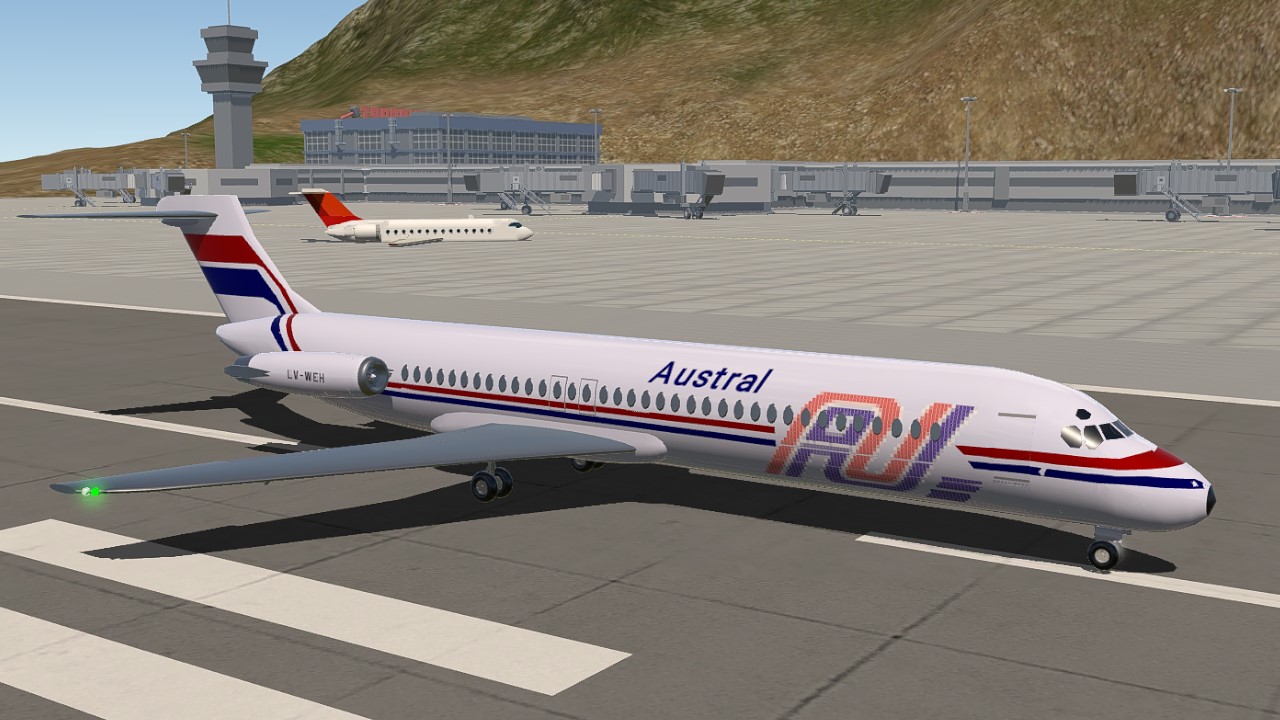
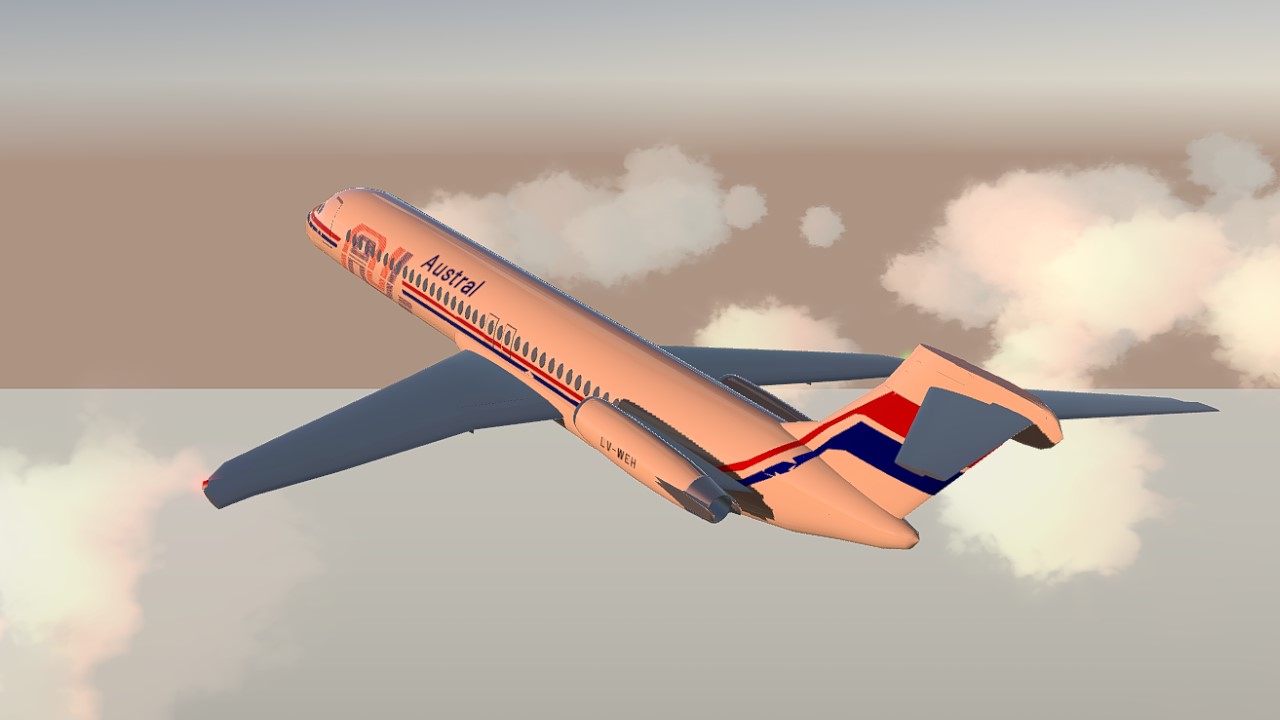
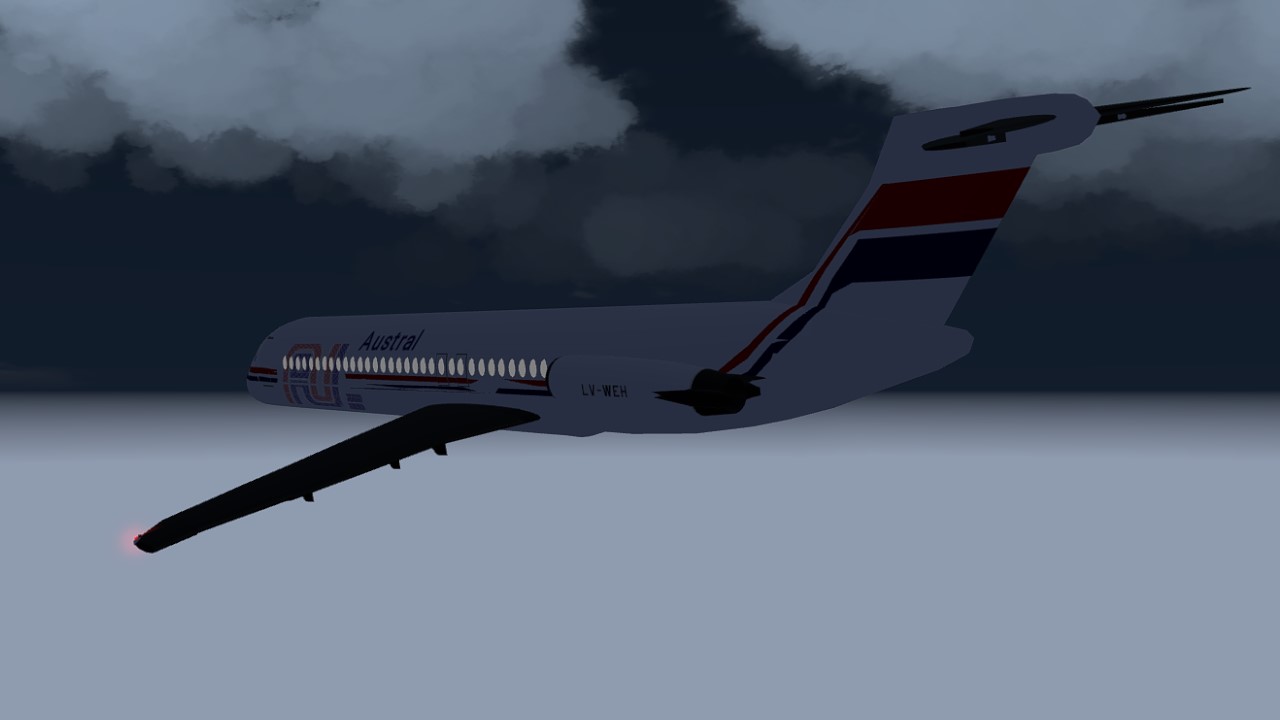

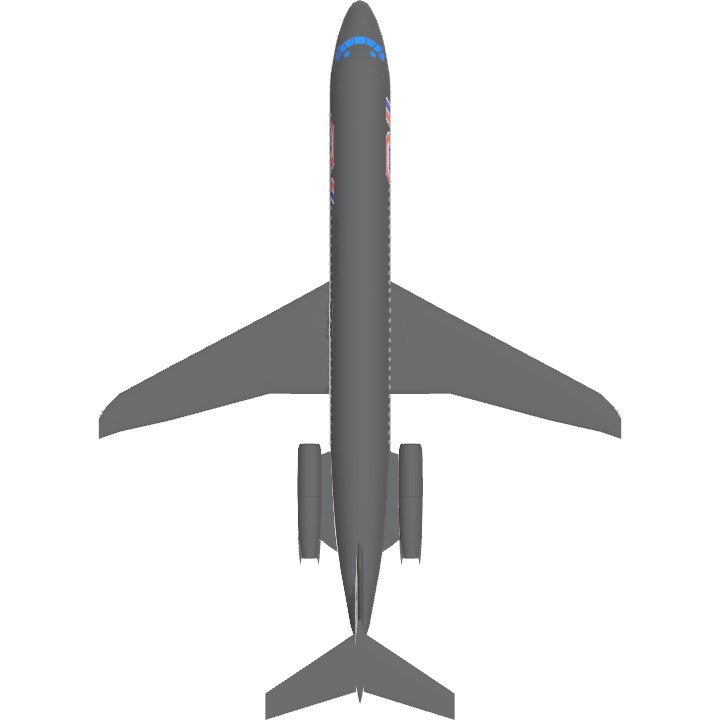
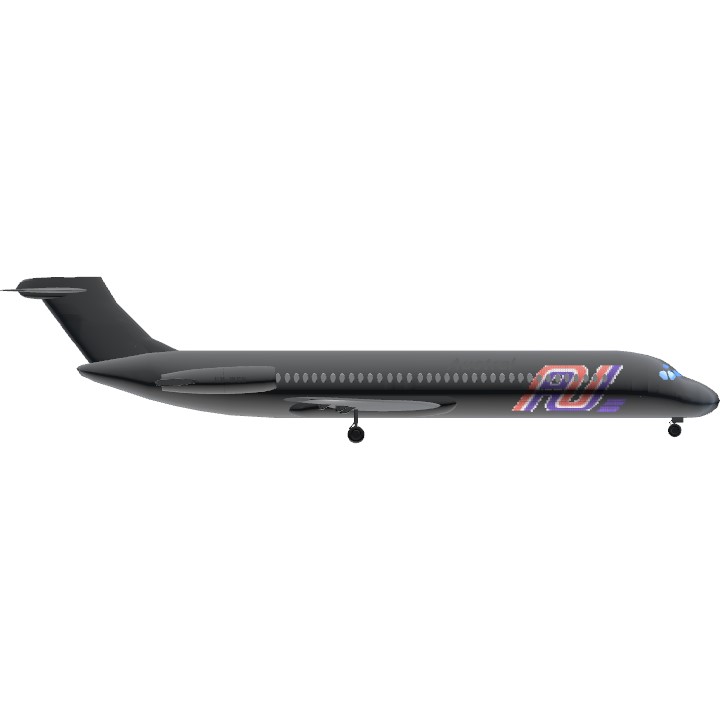
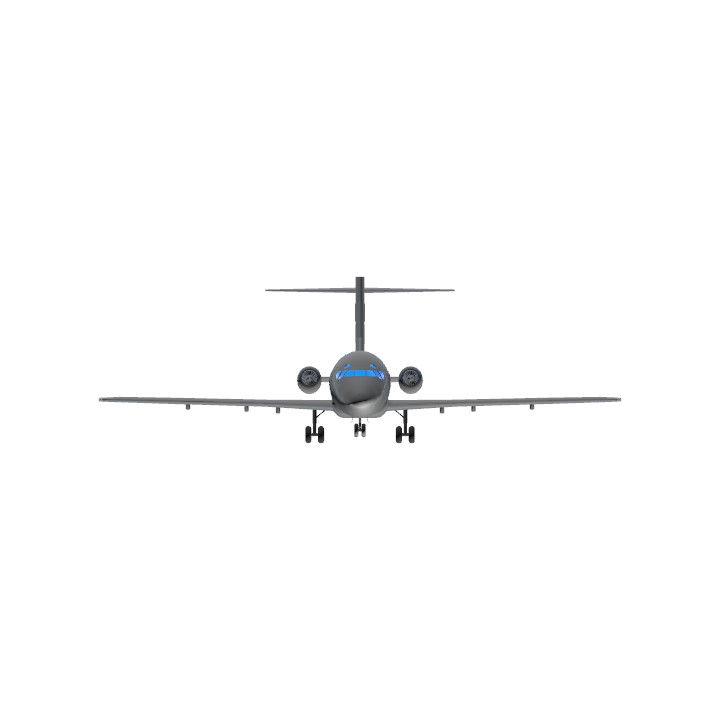
LV-WEH is colur darker then LV-WEG seri not like too
This plane not plane crash LV-WEG crashed 10 oct 1997 is LV-WEH is plane stop life in feb 2000